Li-ion Batteries Life Prediction Based on Variational Modal Decomposition and DAIPSO-GPR to Solve the Capacity Regeneration Phenomenon
-
摘要: 锂离子电池应用时表现出的时变、动态、非线性等特征,以及容量再生现象,导致传统模型对锂离子电池剩余使用寿命(RUL)预测的准确性低,该文将变分模态分解(VMD)和高斯过程回归(GPR)以及动态自适应免疫粒子群(DAIPSO)结合,建立RUL预测模型。首先利用等压降放电时间分析法,提取健康因子,利用VMD对其进行分解处理,挖掘数据内在信息,降低数据复杂度,并针对不同分量,利用不同协方差函数建立GPR预测模型,有效捕获了数据的长期下降趋势和短期再生波动。利用DAIPSO算法优化GPR模型,实现核函数超参数的优化,建立了更准确的退化关系模型,最终实现剩余使用寿命的准确预测,以及不确定性表征。最后利用NASA电池数据进行验证,离线预测结果表明所提方法具有较高预测精度和泛化适应能力。
-
关键词:
- 锂离子电池 /
- 剩余使用寿命 /
- 变分模态分解 /
- 高斯过程回归 /
- 动态自适应免疫粒子群
Abstract: Li-ion Batteries (LiBs) have time-varying, dynamic, and nonlinear characteristics in application, as well as the capacity regeneration phenomenon, leading to inaccurate prediction of the Remaining Useful Life (RUL) of LiBs by the traditional models. This paper combines the Variational Modal Decomposition (VMD) method with Gaussian Process Regression (GPR) and Dynamic Adaptive Immune Particle Swarm Optimization (DAIPSO) to build a RUL prediction model. Firstly, the Health Indicator is extracted by using the time interval of equal discharging voltage difference analysis method, decomposing Health Indicator by using VMD to mine the internal information of the data and reduce the data complexity. For different components, the GPR prediction model is established using different covariance functions, which can effectively capture the long-term declining trend and short-term regeneration phenomenon. The GPR model is optimized using the DAIPSO algorithm to achieve the optimization of the hyperparameters of the kernel function, which establishes a more accurate degradation relationship model to achieve an accurate prediction of RUL, and uncertainty characterization. Finally, NASA battery data is used for verification. The offline prediction results show that the proposed method has high prediction accuracy and generalization adaptability. -
表 1 模型预测误差
电池序号 评价指标 RMSE MAPE EOL EOP RUL PRUL RULerror B0005 0.0136 0.0064 124 125 44 45 1 B0006 0.0153 0.0077 109 110 29 30 1 B0007 0.0136 0.0063 166 168 86 88 2 B0018 0.0148 0.0075 97 96 37 36 1 表 2 VMD-DAIPSO-GPR与其他RUL预测方法的比较
电池序号 方法 训练数据长度 $ {\text{RU}}{{\text{L}}_{{\text{error}}}} $ $ {\text{P}}{{\text{E}}_{\text{r}}} $(%) B0005 LSTM 80 4 8.4 AUKF-GASVR 80 3 6.3 MK-RVM 80 2 4.2 VMD-DAIPSO-GPR 80 1 2.1 -
[1] LIU Wei and XU Yan. Data-driven online health estimation of Li-ion batteries using a novel energy-based health indicator[J]. IEEE Transactions on Energy Conversion, 2020, 35(3): 1715–1718. doi: 10.1109/TEC.2020.2995112 [2] QU Jiantao, LIU Feng, MA Yuxiang, et al. A neural-network-based method for RUL prediction and SOH monitoring of lithium-ion battery[J]. IEEE Access, 2019, 7: 87178–87191. doi: 10.1109/ACCESS.2019.2925468 [3] GOU Bin, XU Yan, and FENG Xue. State-of-health estimation and remaining-useful-life prediction for lithium-ion battery using a hybrid data-driven method[J]. IEEE Transactions on Vehicular Technology, 2020, 69(10): 10854–10867. doi: 10.1109/TVT.2020.3014932 [4] CHAOUI H and IBE-EKEOCHA C C. State of charge and state of health estimation for lithium batteries using recurrent neural networks[J]. IEEE Transactions on Vehicular Technology, 2017, 66(10): 8773–8783. doi: 10.1109/TVT.2017.2715333 [5] ZHENG Xueying and DENG Xiaogang. State-of-health prediction for lithium-ion batteries with multiple Gaussian process regression model[J]. IEEE Access, 2019, 7: 150383–150394. doi: 10.1109/ACCESS.2019.2947294 [6] ZHOU Yapeng and HUANG Miaohua. Lithium-ion batteries remaining useful life prediction based on a mixture of empirical mode decomposition and ARIMA model[J]. Microelectronics Reliability, 2016, 65: 265–273. doi: 10.1016/j.microrel.2016.07.151 [7] FENG Xuning, WENG Caihao, HE Xiangming, et al. Online state-of-health estimation for Li-ion battery using partial charging segment based on support vector machine[J]. IEEE Transactions on Vehicular Technology, 2019, 68(9): 8583–8592. doi: 10.1109/TVT.2019.2927120 [8] WIDODO A, SHIM M C, CAESARENDRA W, et al. Intelligent prognostics for battery health monitoring based on sample entropy[J]. Expert Systems with Applications, 2011, 38(9): 11763–11769. doi: 10.1016/j.eswa.2011.03.063 [9] DONG Hancheng, JIN Xiaoning, LOU Yangbing, et al. Lithium-ion battery state of health monitoring and remaining useful life prediction based on support vector regression-particle filter[J]. Journal of Power Sources, 2014, 271: 114–123. doi: 10.1016/j.jpowsour.2014.07.176 [10] SUN Peikun and WANG Zhenpo. Research of the relationship between Li-ion battery charge performance and SOH based on MIGA-Gpr method[J]. Energy Procedia, 2016, 88: 608–613. doi: 10.1016/j.egypro.2016.06.086 [11] PENG Yu, HOU Yandong, SONG Yuchen, et al. Lithium-ion battery prognostics with hybrid Gaussian process function regression[J]. Energies, 2018, 11(6): 1420. doi: 10.3390/en11061420 [12] LIU Datong, ZHOU Jinbao, PENG Yu, et al. A health indicator extraction and optimization framework for lithium-ion battery degradation modeling and prognostics[J]. IEEE Transactions on Systems, Man, and Cybernetics:Systems, 2015, 45(6): 915–928. doi: 10.1109/TSMC.2015.2389757 [13] FENG Xuning, WENG Caihao, HE Xiangming, et al. Incremental capacity analysis on commercial lithium-ion batteries using support vector regression: A parametric study[J]. Energies, 2018, 11(9): 2323. doi: 10.3390/en11092323 [14] LEWERENZ M, MARONGIU A, WARNECKE A, et al. Differential voltage analysis as a tool for analyzing inhomogeneous aging: A case study for LiFePO4| Graphite cylindrical cells[J]. Journal of Power Sources, 2017, 368: 57–67. doi: 10.1016/j.jpowsour.2017.09.059 [15] HUA Xiao, ZHANG Teng, OFFER G J, et al. Towards online tracking of the shuttle effect in lithium sulfur batteries using differential thermal voltammetry[J]. Journal of Energy Storage, 2019, 21: 765–772. doi: 10.1016/j.est.2019.01.002 [16] WANG Zhenpo, YUAN Changgui, and LI Xiaoyu. Lithium Battery state-of-health estimation via differential thermal voltammetry with Gaussian process regression[J]. IEEE Transactions on Transportation Electrification, 2021, 7(1): 16–25. doi: 10.1109/TTE.2020.3028784 [17] ZHOU Di, YIN Hongtao, FU Ping, et al. Prognostics for state of health of lithium-ion batteries based on Gaussian process regression[J]. Mathematical Problems in Engineering, 2018, 2018: 8358025. doi: 10.1155/2018/8358025 [18] 陈勇, 郑瀚, 沈奇翔, 等. 基于改进免疫粒子群优化算法的室内可见光通信三维定位方法[J]. 电子与信息学报, 2021, 43(1): 101–107. doi: 10.11999/JEIT190936CHEN Yong, ZHENG Han, SHEN Qixiang, et al. Indoor three-dimensional positioning system based on visible light communication using improved immune PSO algorithm[J]. Journal of Electronics &Information Technology, 2021, 43(1): 101–107. doi: 10.11999/JEIT190936 [19] 闫群民, 马瑞卿, 马永翔, 等. 一种自适应模拟退火粒子群优化算法[J]. 西安电子科技大学学报, 2021, 48(4): 120–127. doi: 10.19665/j.issn1001-2400.2021.04.016YAN Qunmin, MA Ruiqing, MA Yongxiang, et al. Adaptive simulated annealing particle swarm optimization algorithm[J]. Journal of Xidian University, 2021, 48(4): 120–127. doi: 10.19665/j.issn1001-2400.2021.04.016 [20] 昝涛, 庞兆亮, 王民, 等. 基于VMD的滚动轴承早期故障诊断方法[J]. 北京工业大学学报, 2019, 45(2): 103–110. doi: 10.11936/bjutxb2017090012ZAN Tao, PANG Zhaoliang, WANG Min, et al. Early fault diagnosis method of rolling bearings based on VMD[J]. Journal of Beijing University of Technology, 2019, 45(2): 103–110. doi: 10.11936/bjutxb2017090012 [21] LONG Bing, LI Xiangnan, GAO Xiaoyu, et al. Prognostics comparison of lithium-ion battery based on the shallow and deep neural networks model[J]. Energies, 2019, 12(17): 3271. doi: 10.3390/en12173271 [22] XUE Zhiwei, ZHANG Yong, CHENG Cheng, et al. Remaining useful life prediction of lithium-ion batteries with adaptive unscented Kalman filter and optimized support vector regression[J]. Neurocomputing, 2020, 376: 95–102. doi: 10.1016/j.neucom.2019.09.074 [23] ZHANG Chaolong, HE Yigang, YUAN Lifeng, et al. Capacity prognostics of lithium-ion batteries using EMD denoising and multiple kernel RVM[J]. IEEE Access, 2017, 5: 12061–12070. doi: 10.1109/ACCESS.2017.2716353 -





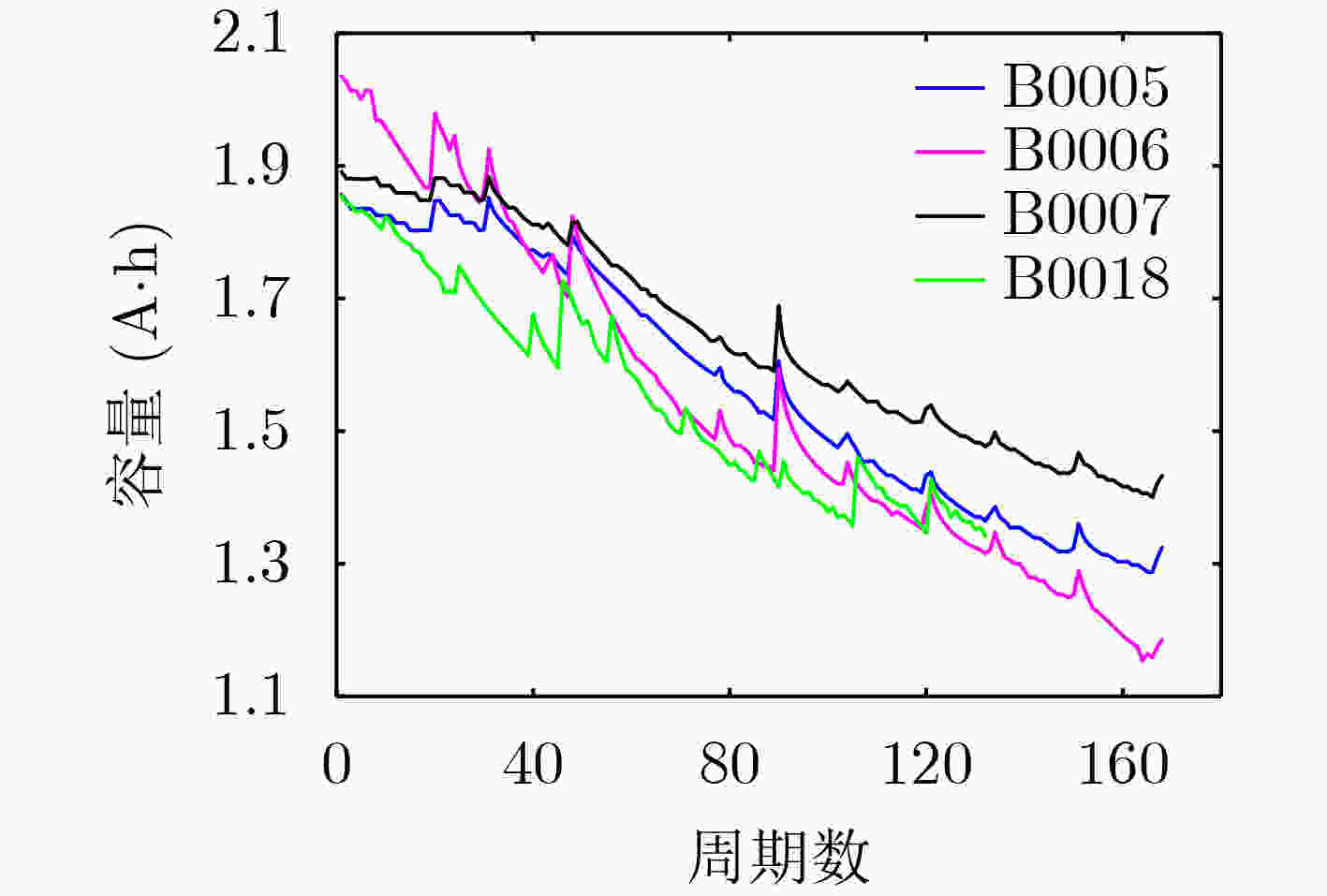
 下载:
下载:
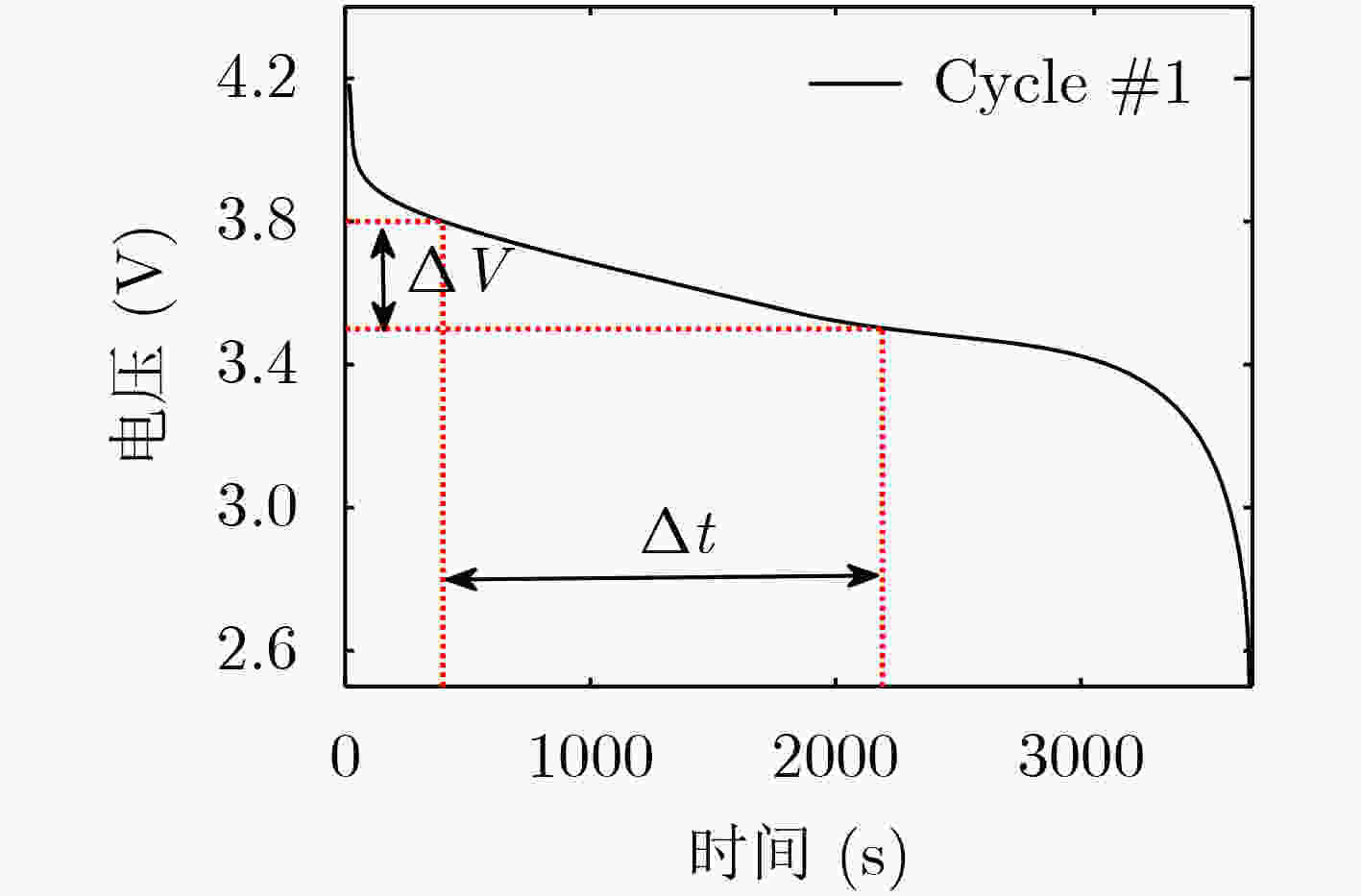
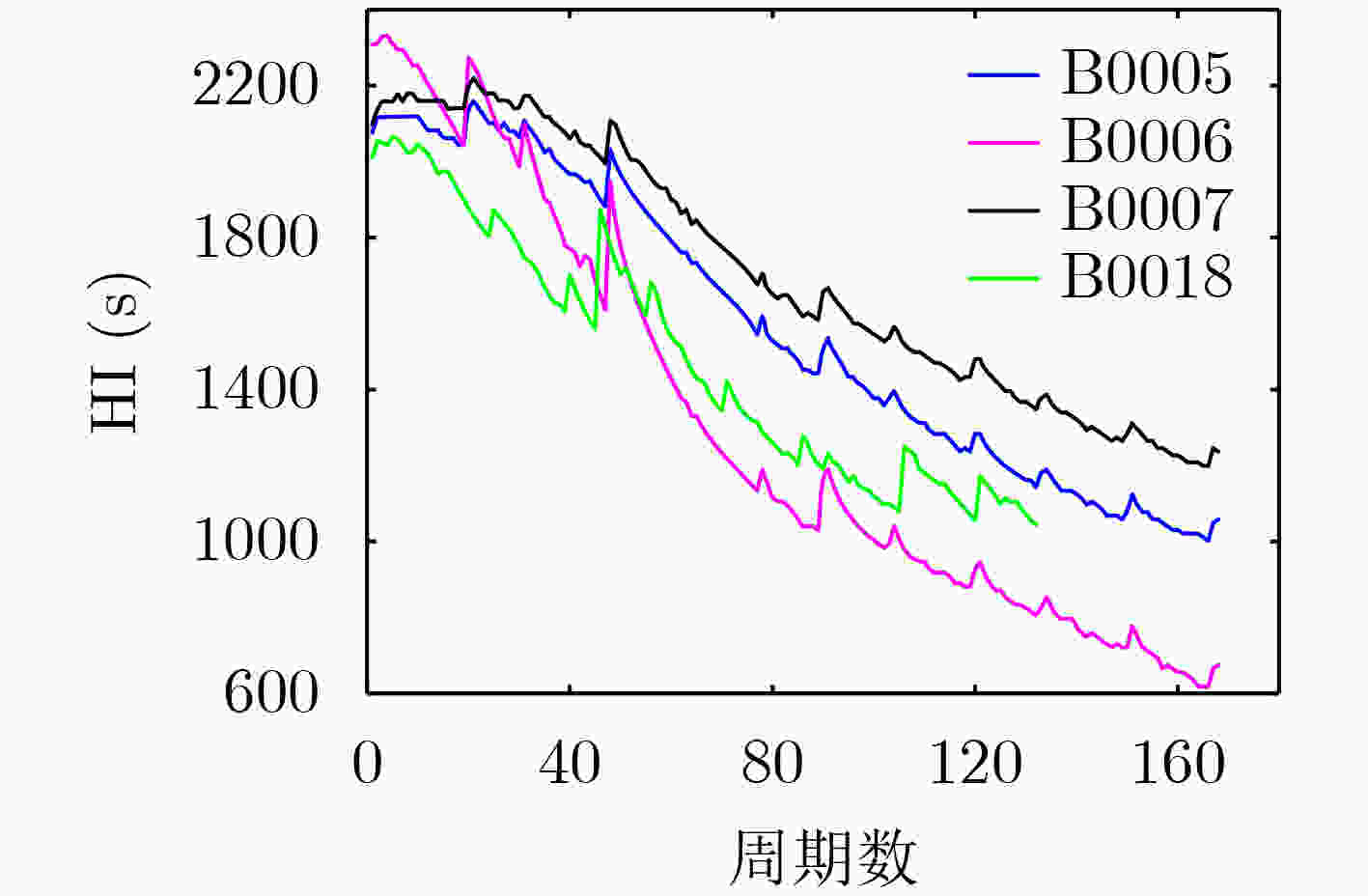
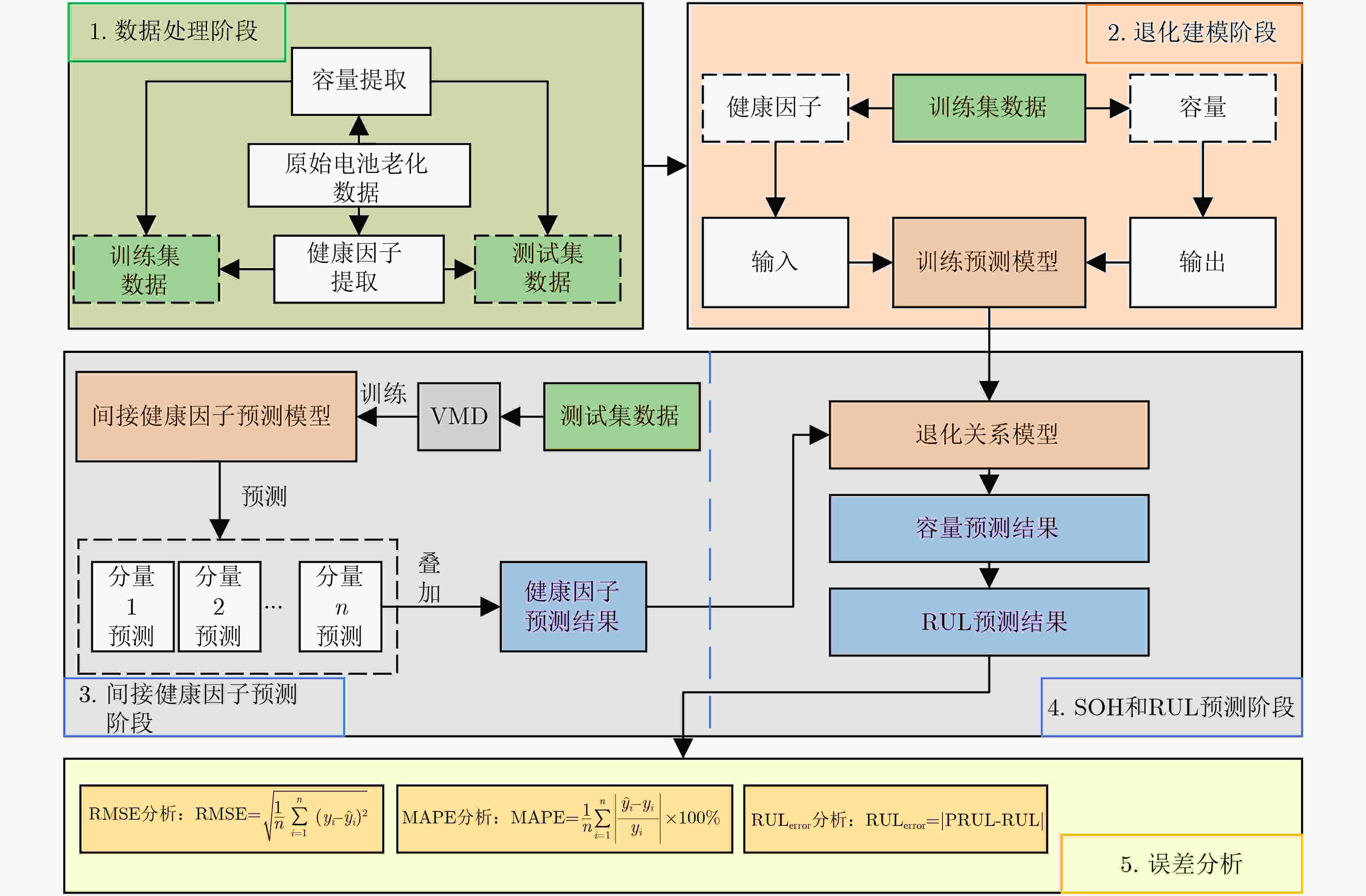
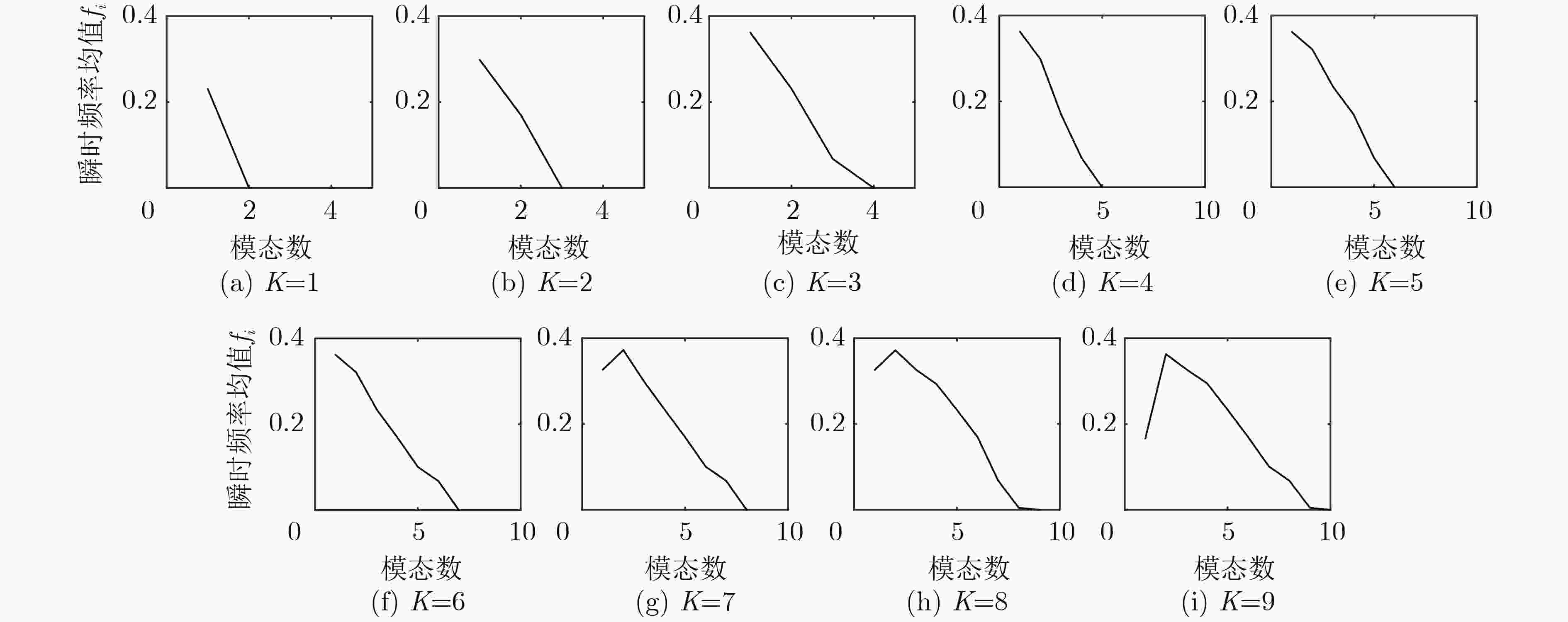

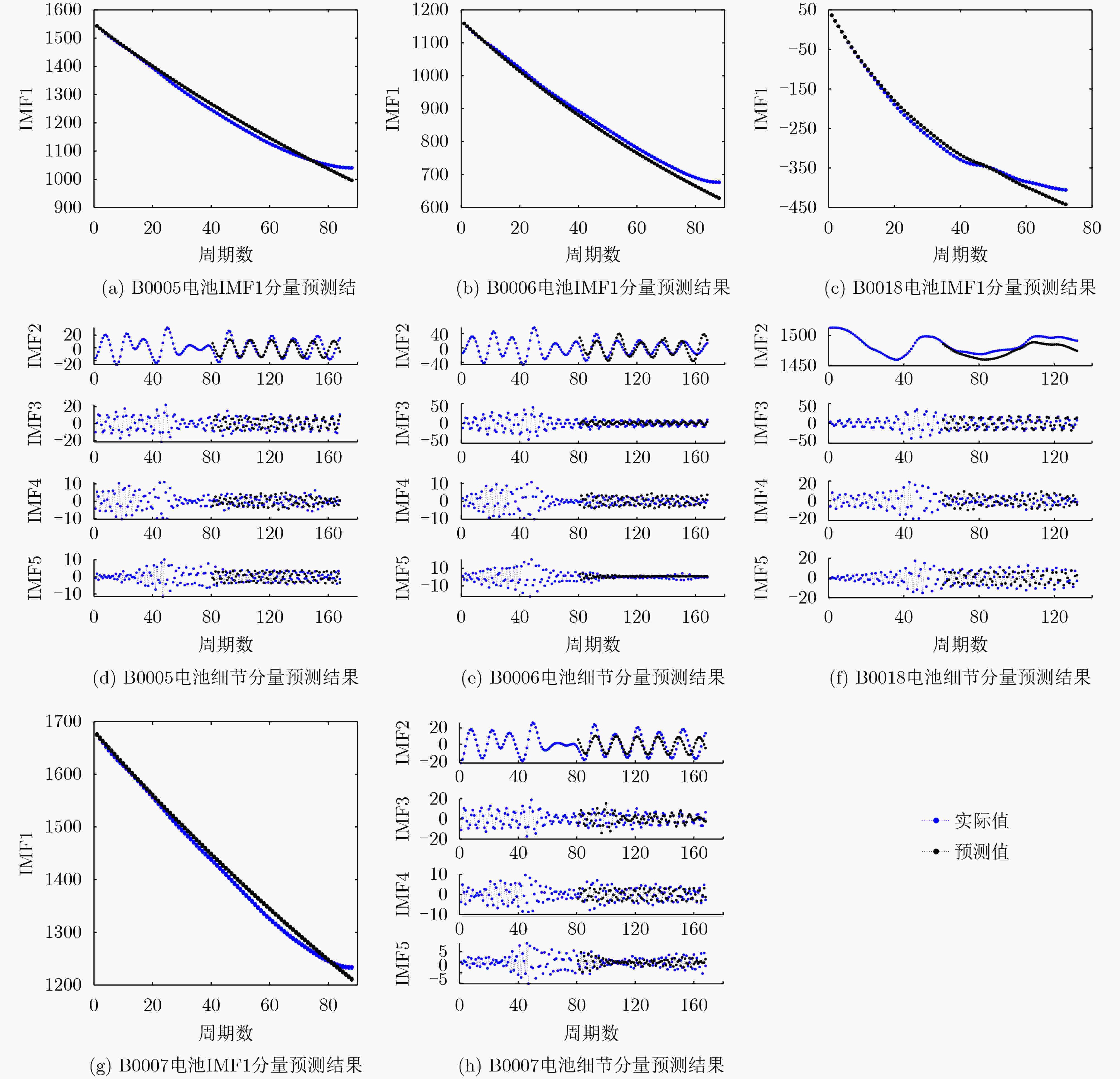
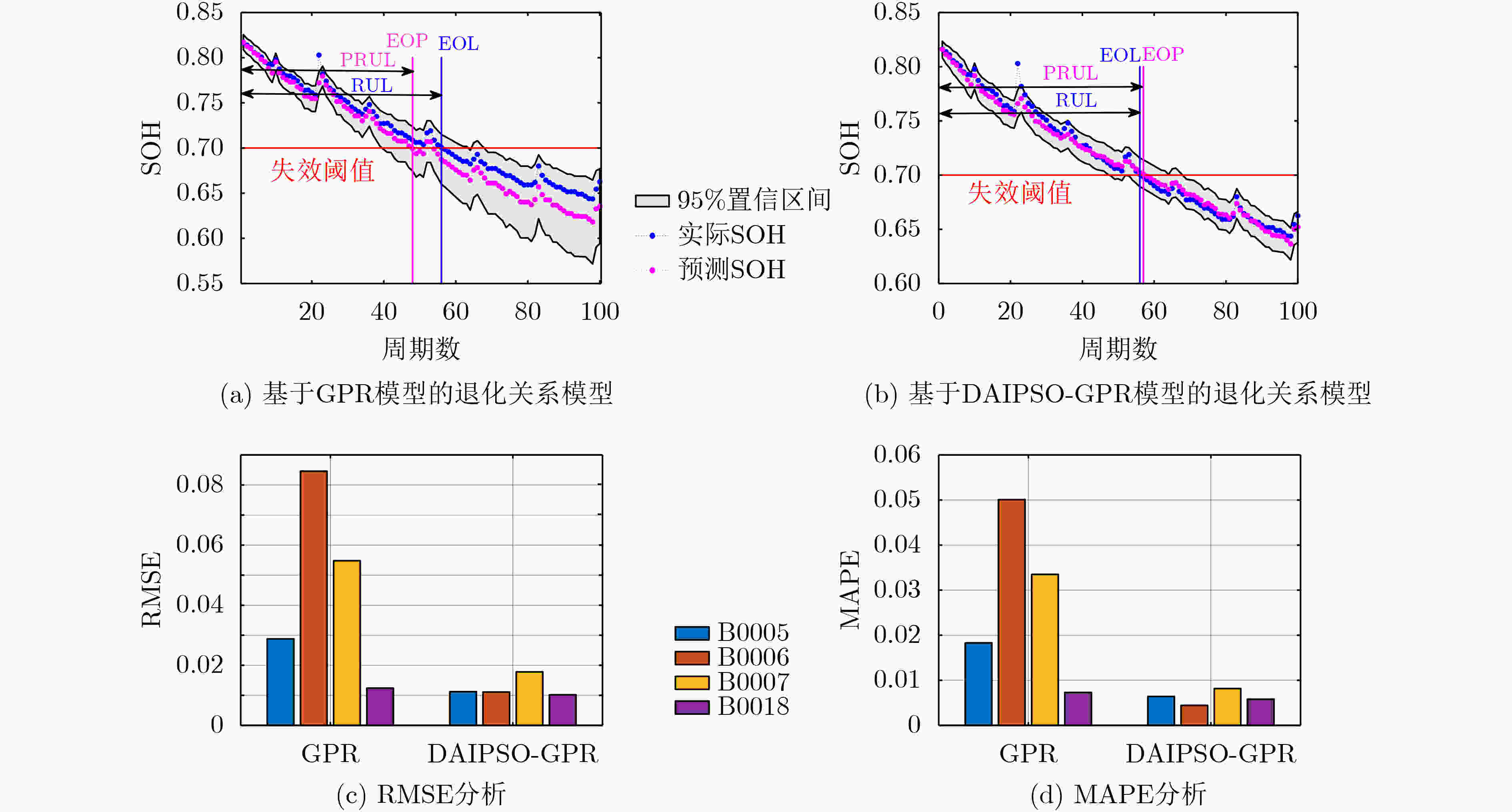



 下载:
下载:
